Cory Bishop is Senior Product Manager at Bubble, an AI app development platform. At the beginning of his career, he co-founded ShopDrop, an application showcasing temporary retail experiences through location-based technology. From there, he joined Y Media Labs working with Dolby and then joined Safesite as their founding PM, eventually becoming their VP of Product. Before Bubble, Cory worked as a product advisor helping startups go from zero-to-one, most notably for Augmend AI which was recently acquired by Datadog.
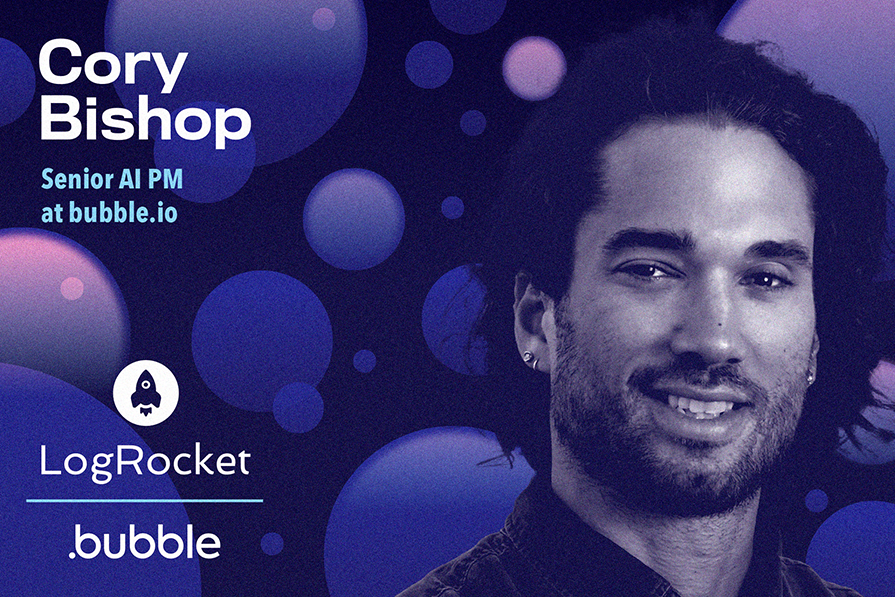
In our conversation, Cory talks about the role of human-centered design and empathy in Bubble’s no-code AI development product. He shares how Bubble is enabling users to build scalable businesses and its recent transition to targeting less technical users.
Definitely! Bubble is a platform for solopreneurs and business builders. It doesn’t just allow you to prototype, but also allows you to scale – you build your entire database on it, and it comes with workflows and plugin integrations to third-party tools, so it’s quite robust.
Bubble has been around for 10 years, and we were one of the first pioneers in this no-code space. What makes us so unique is that we really focus on scaling businesses. We do have drag and drop options, but it’s not as simple as Squarespace, where things are templated — on Bubble you can make a custom, scalable platform. Several startups that have raised millions of dollars in capital and have very strong ARRs are all built on Bubble, so it’s pretty impressive.
We’re shifting who we focus on. In the past, Bubble leaned more on the side of quasi-technical. Not just engineers, but people like product managers or designers who have the aptitude and patience to learn the system and go a bit deeper. It takes a few weeks until you have something that is truly robust, but once you get there, you see the power that Bubble has.
A lot of people who come to us to build an application for a real-world business have already built businesses before. For example, we have a customer from New York who built an entire interconnected laundromat app for his 20+ laundromat services. Now, with the advent of AI, you can go from prompt to prototype within minutes. Before Bubble, you had to start from scratch — build out the page, design and implement navigation, link a database, and more.
AI is here to shorten the learning curve and the time it takes to build. We’ve been seeing a lot more less technical people coming to Bubble, and we’ve also seen a lot of “try-and-goodbye” AI tourists who test out Bubble, Lovable, Bolt, and others. They put the same prompt into all three or four platforms to see what the results are. Now, we’re focused on making sure that they come back in week two, three, four, to keep building and deploy their app to production.
I’m always doing customer interviews, and we’re trying to get better at segmenting them by technical aptitude. The biggest thing I’ve noticed is that someone who’s less technical might go from top-down, starting with the UI layer. They focus on how it looks and feels, and that’s their superpower. They know what they want to create and what it should look like, but might not necessarily know how to build a workflow that takes you through that journey.
That’s the mindset shift that we’ve noticed in our users’ behavioral change. In the past, Bubble had users who would build from a systems perspective first, which was bottom-up. They’d start with the data schema, the relationship between them, what workflows need to happen, and would worry about the UI later. Now, we’re seeing the inverse. A lot of our competition provides amazing prototypes very quickly, but when you use them, they don’t go as deep as Bubble. We’re trying to balance functionality and design in this sense.
It’s never easy. The way we’re building our new Bubble AI services, it actually learns your aptitude level along the way so that it can progressively disclose what you should do next. Instead of saying, “Hey, here are 10 potential things you can do,” we’re trying to guide you to the best and most efficient thing that you should do next. Eventually, if the user does that, they’ll reach a more robust experience without the cognitive load of having too many options. We give them a starting point and a guide.
For more advanced users who want some guidance, we have something called build guides which break down this huge system into more atomic components. We’re trying to keep that ethos with Bubble AI, as well as keeping the human in the loop. We’re not going to go out and build it for you. Instead, we’re going to check in with you and say, “Hey, is this what you meant?” Especially when someone is new to prompting, it’s important that we confirm that we understand what they’re going for.
That’s the blessing and the curse of Bubble. There’s so much data since we’ve been around for over 10 years. With that, sometimes the loudest voice isn’t always the best voice to follow, so you have to take a more nuanced approach.
Of course, we want to hear and understand signals from our existing customers, so we analyze qualitative data from our forums, feedback sessions, tickets, surveys, etc., and make sense of that. We couple this with the quantitative — our product is instrumented to understand how people are navigating through it.
Like I said, though, we’re changing who we’re trying to acquire. They’re less technical users. Especially with AI, there’s a huge behavior change that occurs where they might take a different journey because it involves fewer steps to get to that final decision. For us, you don’t want to over-index on what’s been done, especially if you’re trying to create a new path forward, but it’s good to have that foundational knowledge. For zero-to-one products, it’s often a matter of leaning on the qualitative a bit more, as well as your gut and instincts.
For example, we try to talk to the people who are still early on their journey, so they’ve only used Bubble for about a week. Those are the people we’re trying to better understand. If we have a prototype, we put the prototype in front of them and do a bit of testing. But it’s a balance. We’re trying to slice out a very defined, clear v0, get it in front of users, feature flag it, and get feedback before releasing to our tens of thousands of customers. Pressure testing is crucial here.
When we do the interviews, one of the first things we try to understand is what someone’s day or week is like. We try to keep the opening questions that aren’t Bubble-centric or specific, because it really sets the tone. It sets this charter that we care about them and that we’re coming with the right energy and intentionality. We know different businesses and products are in different stages.
Also, we want to keep that customer at the forefront of all of our artifacts — not just what we’re building, but who we’re building for and why. Who is this person, down to a persona level, with clear and distinct real-world problems? Even down to technical artifacts, we try to have some caveat that this is the representative person and this is what success might look like for them. That’s how we do things from an empathy perspective.
We’ve seen so many sci-fi movies where robots take over, and we don’t want that to happen. With Bubble, there are so many paths you can take. We have thousands of plugins. There are a lot of ways you can build out your database schema, workflows, and styling. We’re not trying to come out with cookie-cutter templated apps that you’ve seen before. The point is that you have control. That’s a big tenet of ours — human control at every step of the way.
Sure, some AI tourists are just trying to see what Bubble can do, but some people have a vision of what they want. They have a specific taste, branding, and workflow that they want users to go through. We don’t want them to make assumptions, especially if they come in with a clear vision, so that’s where our blueprints and build guides come in. We also enable human check-ins before we go forward with executing to make it more hand-in-hand with the user.
Vision. Sure, AI can build out the pipelines and the code needed to get there, but you know where you’re trying to go. You’re in control of your business and your future. You can ideate with an AI to get creative ideas out of it, and we’ve all done that, but it’s usually pretty cookie-cutter. It’s trained on what’s already been done, not what hasn’t been done. And that creative element is in your brain. We want you to create a unique, scalable business, not something that’s been done before.
Right now, you have the control you need if you have the patience and the aptitude to go in, custom build your app, set up your workflows and databases, etc. We have a foundational visual editor and now we’re layering on “conversational editing” — what’s been coined as “vibe coding.” Vibe coding platforms get you to a prototype, but they don’t let you truly scale your business. We have multimillion-dollar businesses built on Bubble, and that’s our differentiator — we’re helping users build scalable businesses, not flashy prototypes.
With that said, we don’t think conversational editing is the final state. I think it’s a mix with visual editing, where you want more granular control. We have a very nice what-you-see-is-what-you-get (WYSIWYG) editor where you can do tactile changes on your own. That happy marriage of visual editing with AI conversational editing is how we’ll cut through the noise of vibe coding.
We’re trying to be intentional with the AI and visual editing advantage we have, as well as batteries included (i.e., built-in database, security, and more). Some of our competitors require a third-party tool for your database, for example, so you have to have a bit more technical skill to really scale your business on that platform. Or, you have to export the code and put it into something else to host and deploy it. We handle all of that from end to end, and we’re hoping that really differentiates us.
Our users are humans at the end of the day. You have to understand where people are coming from, their motivations, and why they’re coming to Bubble. On the flip side, internally working with a team, everybody knows you want to be happy at work. You want to be motivated and work on something that aligns with who you are. I like to have my first meetings with new people to be more interpersonal to understand how they got here and what they’re interested in.
Understanding why people join certain companies or do what they do brings the human element out, and you’re allowed to keep that in mind when you’re working on larger projects. You can understand if someone is more excited about a project than others. I also like to understand how people communicate. There are so many ways to go about it — Slack, email, phone call, huddles, etc. You want to work with somebody in their best self.
Of course, there are things you can’t change in a company’s process, but I like to meet people where they are. If they’re more of a morning person, maybe I can try to meet with them in the mornings when they feel their best. Understanding people and creating a path forward that aligns with everybody helps with velocity and overall morale. This can set up your team for success, because we’re humans. AI is great, and Bubble AI is great, and what we’re doing is going to change the world. But at the end of the day, you want to be inspired and happy with who you work with and the projects you work on. I try to keep that at the forefront of everything.
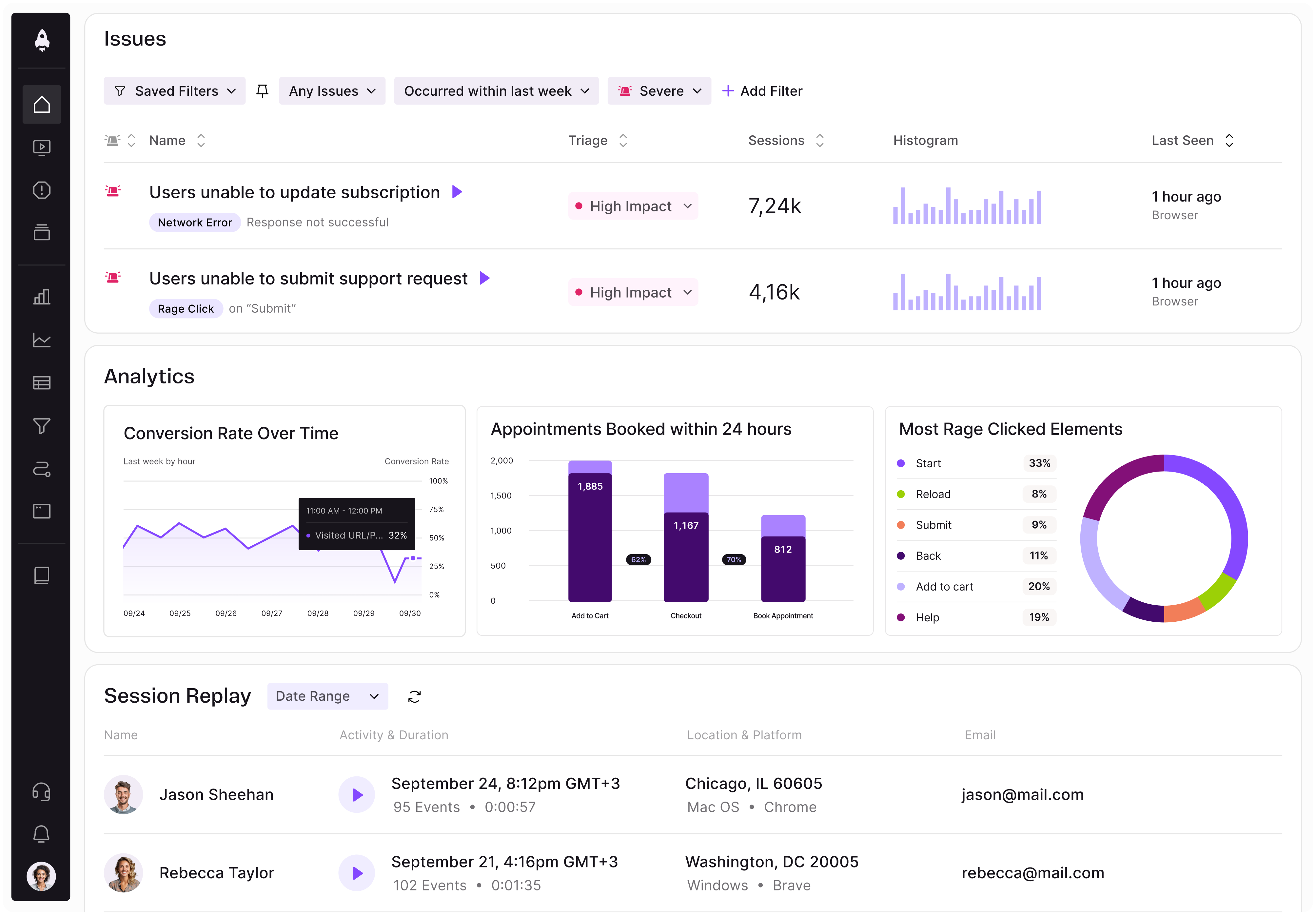
LogRocket identifies friction points in the user experience so you can make informed decisions about product and design changes that must happen to hit your goals.
With LogRocket, you can understand the scope of the issues affecting your product and prioritize the changes that need to be made. LogRocket simplifies workflows by allowing Engineering, Product, UX, and Design teams to work from the same data as you, eliminating any confusion about what needs to be done.
Get your teams on the same page — try LogRocket today.
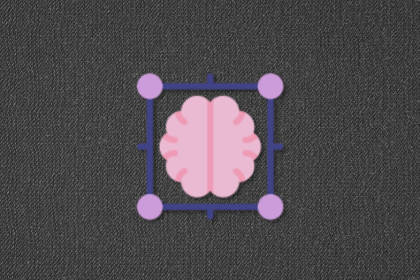
A practical framework for PMs to use AI in ideation without sacrificing judgment, strategy, or decision quality.
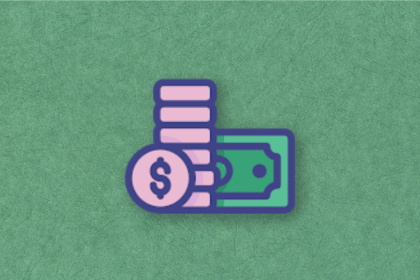
A practical five minute revenue estimation method to help product managers compare ideas, drop low impact features, and prioritize smarter.
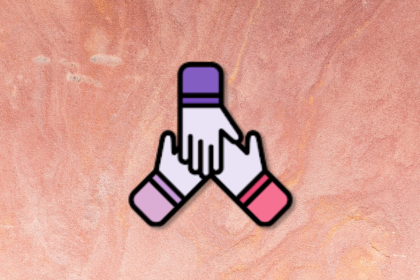
A practical guide for PMs who want to stop being bottlenecks, delegate smarter, and lead teams effectively with a clear ownership framework.

Stop letting unreliable data block features. Treat data as inventory to track quality, ownership, and ship with confidence.
One Reply to "Leader Spotlight: Building a human-focused AI product, with Cory Bishop"
Really enjoyed reading this spotlight on Cory Bishop! 🙌 It’s always refreshing to see transparent leadership stories where product managers openly talk about failure, learning, and culture.
His take on creating alignment and setting context instead of strict control is inspiring — definitely a direction more product teams need to move in. Thanks for highlighting this story, it’s genuinely motivating!
Looking forward to reading more spotlights like this.